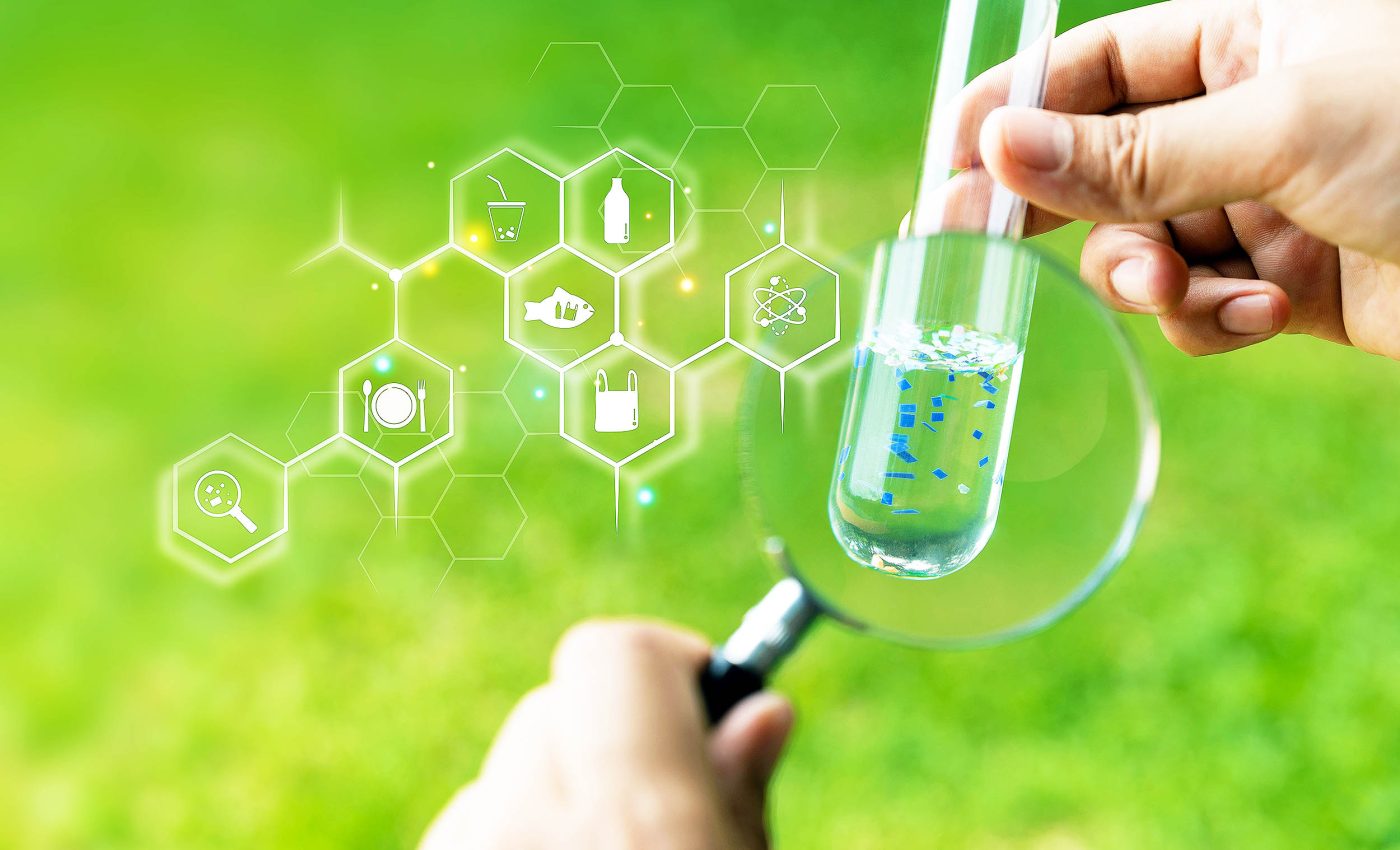
New solution removes over 98% of nanoplastics from water
An invisible enemy is gradually threatening the health of our water, our planet, and all of its residents — one that many of us may not even be aware of: nanoplastics.
Far tinier than an average human hair, these minuscule plastics are far too small for the naked eye to detect.
Alarmingly, they have been linked to various cardiovascular and respiratory diseases and are accumulating steadily in our water sources.
Here lies the crux of the fight against nanoplastics. A cost-effective, efficient solution is needed to remove these almost invisible particles from water while leaving it clean.
Removing nanoplastics from water
The University of Missouri, recognized as Mizzou, is making significant strides in this battle. A team of researchers there recently developed a liquid-based solution with unprecedented efficiency.
This innovative method eliminates more than 98% of tiny plastic particles, offering promising new possibilities for water purification.
One of the team members, Piyuni Ishtaweera, said, “Nanoplastics can disrupt aquatic ecosystems and enter the food chain, posing risks to both wildlife and humans. In layman’s terms, we’re developing better ways to remove contaminants such as nanoplastics from water.”
Wonder of the liquid solution
Unlike conventional methods, this new approach uses water-repelling solvents made from natural ingredients.
These solvents designed by the scientists themselves, act like plastic magnets, absorbing the nanoplastics from a significant volume of water.
Initially, the solvent sits on the water’s surface the way oil floats on water. Once the solvent is mixed with the water and then separated again, it floats back to the surface, but now carrying the nanoplastics within its molecular structure.
In the laboratory, the execution is straightforward: the nanoplastic-laden solvent is simply removed using a pipette, leaving behind clean, plastic-free water.
“We aim to determine the maximum capacity of the solvent,” said Gary Baker, an associate professor in Mizzou’s Department of Chemistry and the study’s corresponding author. “Additionally, we will explore methods to recycle the solvents, enabling their reuse multiple times if necessary.”
Nanoplastics and water contamination
Notably, this new method works with both fresh and saltwater, showing its universal applicability.
Moreover, because these solvents are manufactured from safe, non-toxic components that repel water, they prevent further contamination of water sources.
The capability to deal with diverse water sources reflects the high sustainability of this solution.
“From a scientific perspective, creating effective removal methods fosters innovation in filtration technologies, provides insights into nanomaterial behavior, and supports the development of informed environmental policies,” said Ishtaweera.
Their results tower over those of previous studies. The Mizzou team tested five different sizes of polystyrene-based nanoplastics, a common type of plastic used in the production of Styrofoam cups.
This contrasts with earlier work that only focused on a single size of plastic particles.
With this breakthrough, the researchers at the University of Missouri are on the vanguard of water purification technology, heralding a more hopeful future in the fight against nanoplastic water contamination.
Future of nanoplastics removal
As the urgency surrounding environmental issues continues to mount, the implications of Mizzou’s breakthrough extend far beyond the laboratory.
The innovative solvent technology not only heightens the effectiveness of water purification but also paves the way for a new wave of research and development within the field of nanomaterial assessment and contamination mitigation.
With growing awareness of the pervasive nature of plastics in our ecosystems, this method serves as a model for future innovations in environmental technology.
Furthermore, the potential for scalability cannot be overlooked. To effectively combat water pollution at a global level, mechanisms for deploying this solvent-based technology in various settings — from municipal water treatment facilities to remote communities — must be explored.
Engaging policymakers and stakeholders early in the development process will be crucial to ensure that these findings are translated into practical applications that can benefit diverse populations.
Thus, as researchers continue to refine their methods and explore avenues for wider implementation, the hope for cleaner water, free from the threats posed by nanoplastics, grows stronger.
—–
Like what you read? Subscribe to our newsletter for engaging articles, exclusive content, and the latest updates.
Check us out on EarthSnap, a free app brought to you by Eric Ralls and Earth.com.
—–













